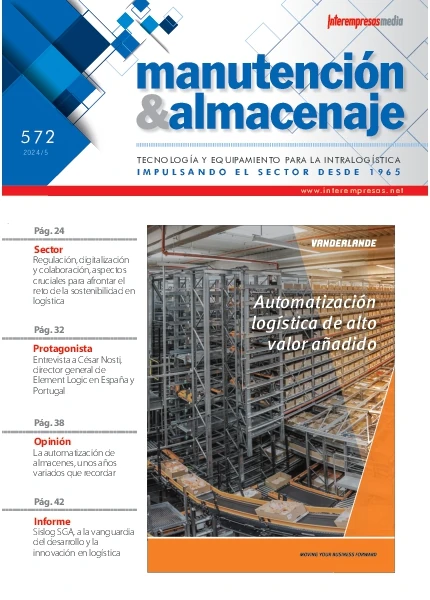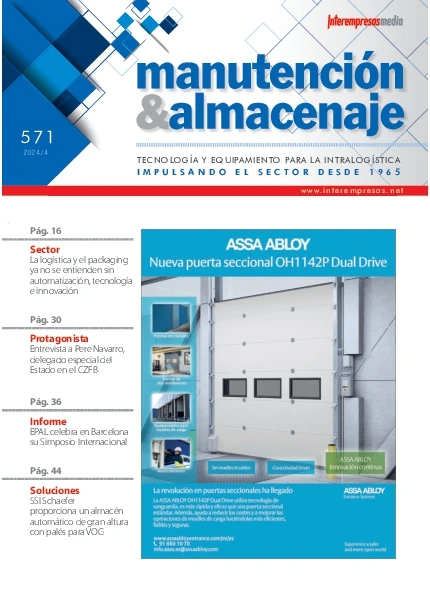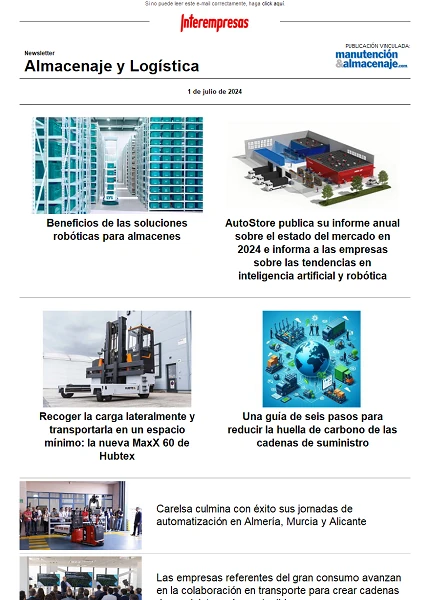The environmental quality through chemistry
In the following article, the author presents some of the concepts, objectives and fields of attention of chemistry to be developed over the next few years if there is chemistry in the future. It does lack imagination and defeat routines, and academic schemes, as well as industrial inertia. It is an opportunity afforded to the chemist with vision for the future, which perceives the chemistry as a service to humanity.
Various forms of pollution, as well as the serious incidents that take place in the form of explosions, fires, mass poisoning, have very often origin in chemical substances. A widespread opinion that contemplates the chemistry as a serious threat has been created as well. However, the chemical industry is only partly responsible for this chemical contamination. Just remember that the increase in anthropogenic greenhouse effect is mainly caused by carbon dioxide generated by the automotive industry and the production of energy and methane generated by livestock, while synthetic halogenated compounds contribute to a lesser extent. It is recalled in the same way that serious incidents affecting the safety of persons or to the environment, due in many occasions to chemistry, it is also due to other activities, for example, to the production, transport or storage of fuels.
The social concern about chemistry extends both emissions and risks of the products that it used the chemical industry and the harmful effects that accompany or follow the implementation of the final products from other sectors of production or by the own consumer. Pesticides, organic solvents, plastics, and some drugs can bring to mind guideline examples of harmful effects caused by the final products.
The current responsibility of chemistry in relation to environmental quality also extends to the future. Note two unquestionable facts. On the one hand, the extinction of the oil, natural gas and coal, sources with much of the energy used (75 percent) and the basic subjects of the organic chemical industry (8 per cent of the crude oil provides a 98 per cent of the raw materials for the organic industry). On the other hand, the development of the young Nations, lack of adequate and affordable, clean chemical procedures will cause a contamination level dimensionally exceeding the toll far from industrialized nations.
It should also draw attention to the fact that the responsibility of the chemical industry as the direct cause of contamination and risk causes a serious increase in cost. Indeed, the social and legislative forces exercise already now and expected more and more in the future, a legal and fiscal pressure on industries to force the reduction of the emission of polluting substances in the form of gases, aqueous effluent, solid waste. This pressure results in the introduction of mitigation technologies that represent a significant cost of production. The maintenance and the introduction of security measures against the toxic, corrosive, flammable or explosive nature of the substances used or generated is also very costly. Likewise, to pay greater attention to the harmful effects of the final products process of launching a new product or material to the market is much more complex and often reduces the continuity of the production. The extinction of the fossil fuels is also a cause of a progressive cost of production.
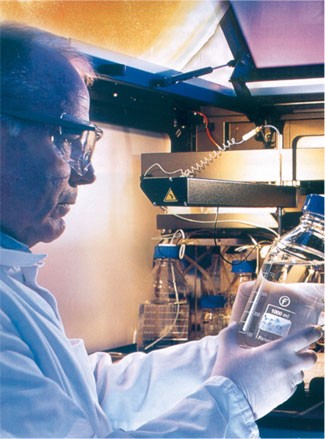
Sustainable chemistry
The novelty of the Green Chemistry lies not so much on trying to get a non-polluting and safe industry, such as wanting to achieve a clean and safe chemical process at its root. Control over the harmful effects and risks of production has been undertaken in the plane defined by the dimensions technique (palliative, additional engineering to the process) and economic (increase in the investment and the cost of production). What we want now is to put the emphasis on the chemical dimension, with changes in the own reaction, to reduce the risks and the need for mitigation techniques. The emphasis in chemistry is not an oversight of the engineering; much of the reduction of the generation of waste depends on the development of new reactors, for example, the intensive production.
The introduction of innovations from the perspective of sustainable chemistry is profitable already now. In fact there are industries and scientific institutes in United States, Australia, Germany, Switzerland and Spain which have departments dedicated to the amendment of the industrial processes for the practice of a chemical clean the same root.
General objectives
In correspondence with the origin of the harmful effects and the risk of chemistry, with concern for the extinction of the sources of raw materials and other causes of pollution and risks, the objectives to be achieved can be expressed as follows:
- Reduction of the generation and use of polluting substances in the chemical process.
- Reduction in the use of substances with dangerous nature in the chemical process.
- Reduction of the harmful effects of the final products.
- Reduction of the use of extinguibles sources of raw materials and of scarce resources.
- Reduction of pollution already generated.

Chemical production as the origin of pollution
Preparativas reactions involve some starting substances, some reagents, a few catalysts and a means of reaction, often an organic solvent. A product has been formed at the end of the reaction. But a few secondary products, generated in alternative courses of the reaction are also. Apart from the simple reduction in performance, the existence of more than one substance in the mixture of reaction requires some means of separation and purification of the product (especially important in the pharmaceutical industry), involving the use of solvents and other ancillary products. There is nothing new in organic synthesis search for selective procedures to prevent the generation of secondary products; What is notable now is having in mind that these by-products are generic cause of pollution.
Newest appears, the less the chemical academic, the observation of the formation of the concomitant products, that necessarily accompany product, regardless of the performance, by forming part intrinsic conversion; they are a requirement of the stoichiometry of the reaction. You can see with ease the distinction between secondary and concomitant products in a reaction as simple as the preparation of an alkene from a halide of rent; the terminal alkene is a secondary product, whose formation could perhaps be mitigated by changing the reaction conditions, while the formation of alcohol and alkali halide are inherent to the chosen reaction.
In order to show the magnitude that can reach the concomitant products in the generation of waste, is enough to mention that the balance of material produced in the Friedel Crafts Friedel, one of the steps of the synthesis of ibuprofenIt is 880 grams of waste, without considering the solvents lost per 178 grams of the ketone intermediate. The synthesis of ibuprofen was later improved as regards the production of waste. The new synthesis has been worthy of a "Green Chemistry Presidential Award" at United States.
Split and reactive substances dangerous
associated with flammable or explosive substances (Flixborough, Toulouse). These situations can be granted by the own presence of dangerous substances or by his accidental generation in the process, but the risk of accident must be drastically reduced in any case with the reduction in the use of hazardous substances. There is zero risk, and sooner or later, dangerous substances are the cause of incidents, poisoning, explosions, and the less, in situations of alarm and introduction of expensive security measures.
In some cases can be avoided with a simple change of reactive risk or dangerous solvents by others of danger clearly lower, while on other occasions the complete conversion rate modification will be necessary.
A very simple example of reduction of the danger of a backlash, increases its atomic performance, can be bromination bencílica of a toluene replaced with alkali bromide, oxygenated water and an acid, which prevents the use of brominereactive dangerous, or of the N-bromosuccinimide, that gives a low atomic performance and requires both its preparation and recycling bromine.
Another example, widespread replacement of reactive hazardous is the use of carbonate from methyl instead of phosgene or methyl sulphate. Methyl carbonate can act, subject to conditions, as a acilante agent or agent metilante.
Harmful effects of the final products
However, considering the harmful effects of the final products, it is revealed that same production of the compound is already a negative, perhaps minimal, but non-zero environmental impact. It joined then the effects of the own compound in its function, or those of their waste after its application. Is reached then the need for the assessment of the impact of the product throughout the cycle of life (LCA Life Cycle Assessment), whereas from the sources of raw materials to the mineralisation of the waste or recycling, through its production: reagents, solvents, etc. This assessment can be extremely useful in the decision-making on the use of alternative products.
A second part in the final products is aimed at the design of new products, pesticides, detergents, polymers, colorants, without harmful effects. It is necessary to the development of the necessary skills to be able to design that may not be toxic and substances that may be recycled or mineralizadas easily, while maintaining the properties that make them suitable for use.
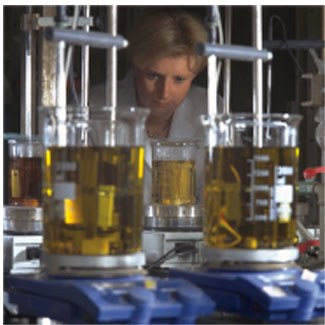
Extinguibles sources of raw materials
The use of renewable sources in obtaining raw materials for the chemical is not anything new. The novelty now is to try to obtain from plants or microorganisms which so far has been getting mostly from oil or coal.
In the generation of energy fossil fuel
Point here only some fields in which chemistry can provide solutions to reduce the consumption of fossil fuels. Firstly, the contribution to the availability of alternative renewable sources. Include here the production of bio-diesel from vegetable triglyceride and the construction of efficient solar panels, or the development of thermochemical pumps of solar energy.
Secondly, the contribution of chemistry can be oriented to the increase in efficiency and cleanliness in the generation of energy from fossil fuels, as it can occur in the form of improvements in combustion systemsthe resulting gases purification or in the development of batteries of combustion. A contribution that could be of great importance would be to find ways to use carbon dioxide as a renewable source of carbon.
Pollution already generated

